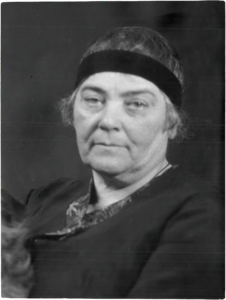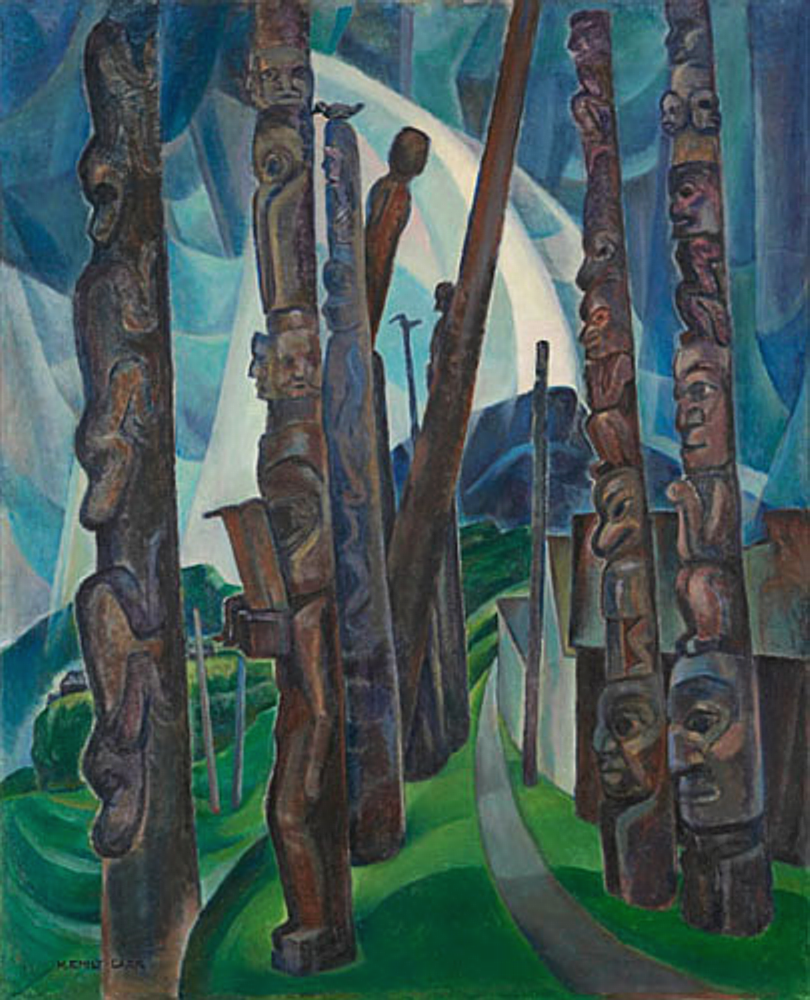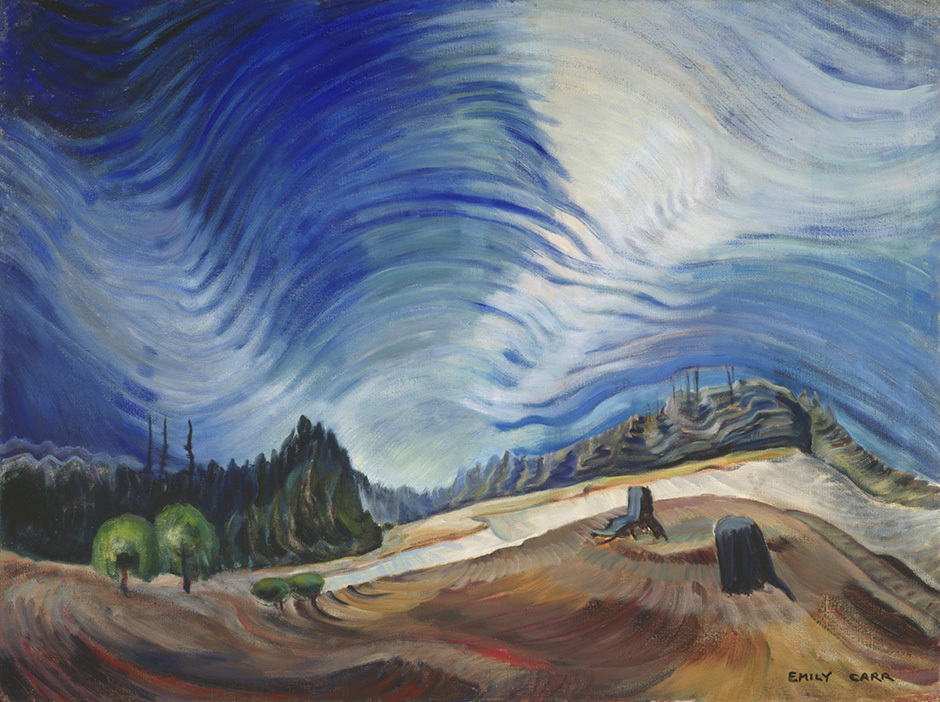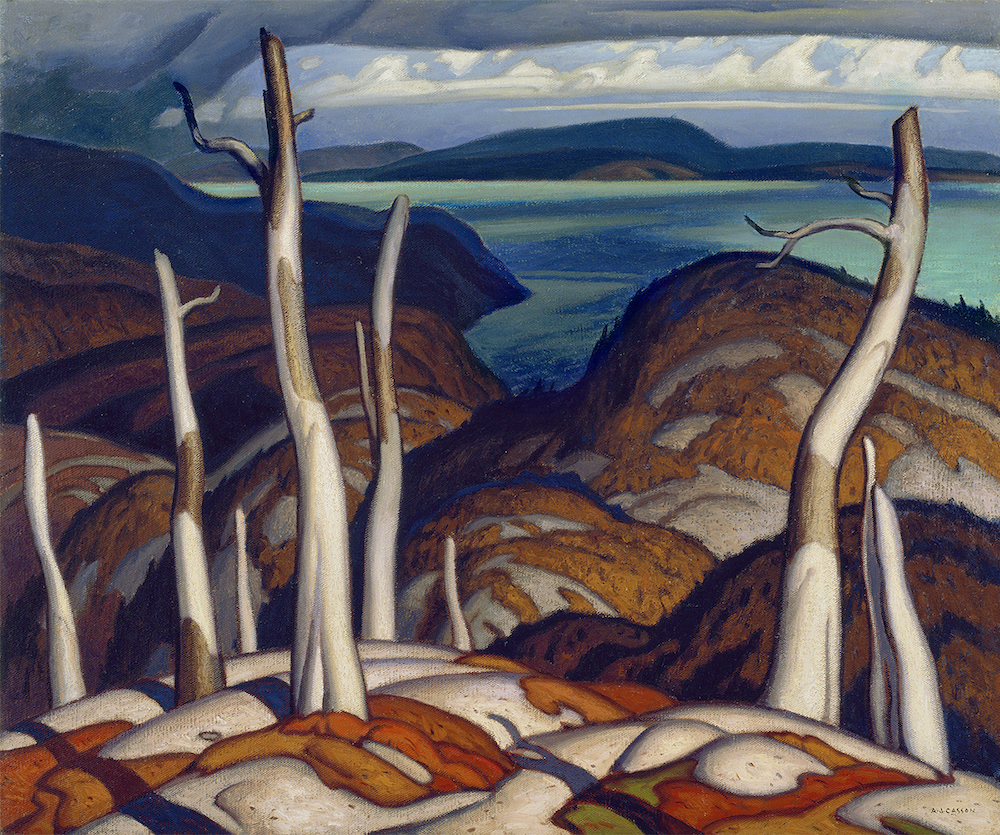Emily Carr is widely recognized as one of Canada’s most celebrated artists. Born on December 13, 1871, in Victoria, British Columbia, Carr developed a unique style of capturing the landscapes and totem poles of Canada’s West Coast. Her work is celebrated for its vibrancy, honesty, and exploration of the region’s cultural and natural heritage. In this article, we’ll delve deeper into her life and work, exploring what made her an important figure in Canadian art.
Early Life

Carr grew up in a large family, the fifth of nine children. Her parents were English immigrants, and her father served as a government official in British Columbia. Carr showed an interest in art from a young age, often sketching and painting the world around her. However, her family didn’t support her artistic pursuits, seeing them as a frivolous hobby.
Despite this, Carr continued to develop her skills as an artist, attending the California School of Design in San Francisco in the 1890s. She later studied in England and France, where she was exposed to the latest developments in modern art. However, it wasn’t until she returned to Canada that she fully embraced her unique style.
Exploration of First Nations Culture

Carr’s most famous works depict the landscape and culture of the west coast of Canada. In particular, she was interested in the totem poles of the region’s Indigenous peoples. She recognized the importance of preserving their culture and history, and her paintings often vividly and powerfully depict totem poles.
Carr spent much of her life exploring the West Coast, meeting with Indigenous communities, and learning about their culture. Her interest in First Nations culture was unusual for the time, as many non-Indigenous people saw it as inferior or backward. Carr’s work helped to challenge these attitudes, demonstrating that the culture and history of Indigenous peoples were just as valid and valuable as that of European settlers.
Later Life and Legacy
Carr’s work wasn’t always well-received during her lifetime, and she struggled to gain recognition as an artist. However, in the last years of her life, she began to gain more recognition for her contributions to Canadian art. She was invited to exhibit her work in major galleries across Canada and even received the Order of Canada, one of the country’s highest honors. She died in 1945.
Today, Emily Carr is remembered as a pioneering modernist painter and writer. Her works are highly sought-after and are held in major galleries and private collections around the world. She’s celebrated for her unique style, her exploration of First Nations culture, and her role in shaping Canada’s artistic landscape.



